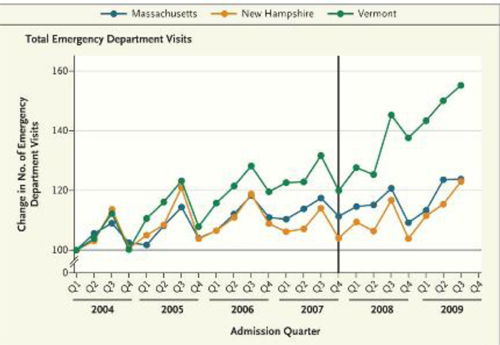NYT Finds Privatized Health Care It Likes
It’s efficient
Emergency room use has been reduced by 50 percent, hospital admissions by 53 percent, specialty care visits by 65 percent and visits to primary care doctors by 36 percent.
It’s high quality
Patients are virtually guaranteed a doctor’s appointment on the day they request it, and their calls are answered quickly, usually within 30 seconds. The percentage of children receiving high-quality care for asthma has soared from 35 percent to 85 percent, the percentage of infants receiving needed immunizations by age 2 has risen above 90 percent, the percentage of diabetics with blood sugar under control ranks in the top 10 percentile of a standard national benchmark, and customer and employee satisfaction rates top 90 percent.
It’s definitely not following ObamaCare guidelines
Southcentral has unique attributes (it even refers cases to traditional tribal healers if doctors agree).
Full editorial on Alaska’s successful health care system.


